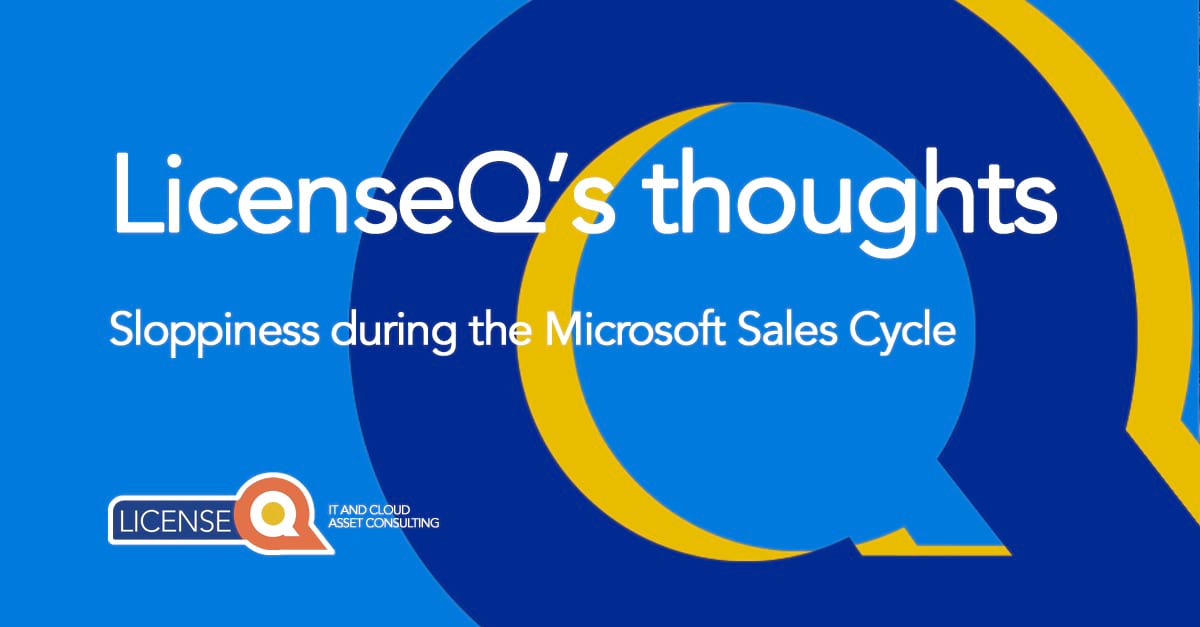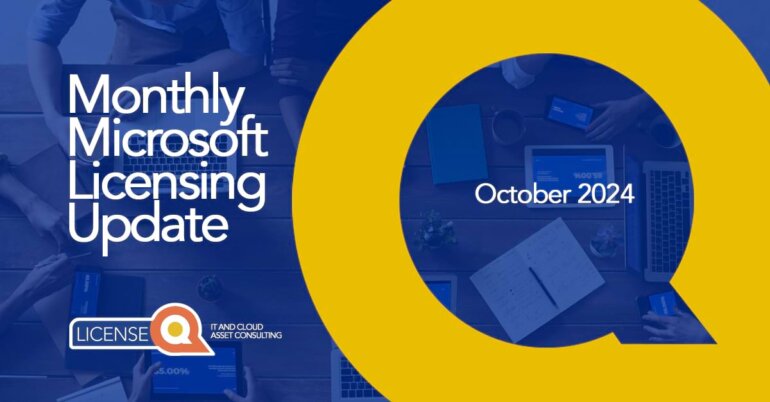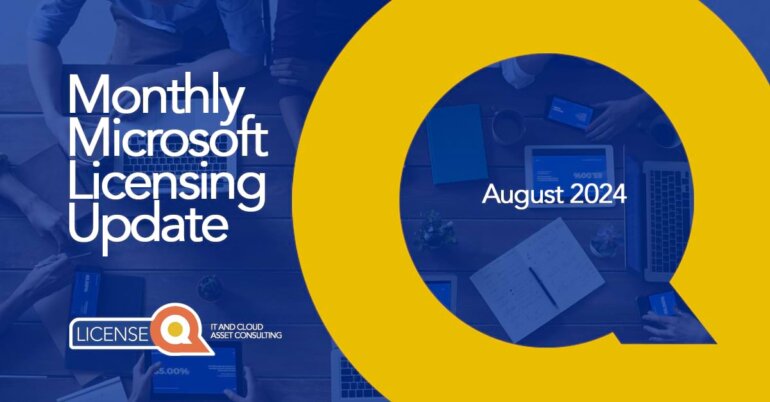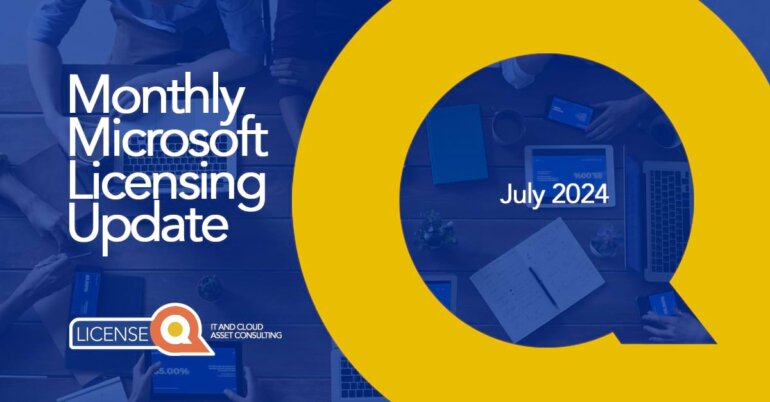Microsoft Sales Cycle examined
This blog has been updated and expanded from a LinkedIn article Floris and Erik published back on February 11, 2022.
1. The Microsoft Sales Cycle
Microsoft is an enormous global enterprise, making its inner workings extremely complex for any outsiders (and to be honest, probably for a lot of employees internally too!).
As a Microsoft customer, it benefits you to understand some of the internal systems before entering into your licensing negotiations, whether it be an Enterprise Agreement negotiation or not. This past year, we noticed a lot of errors and mistakes on the side of Microsoft during the entire sales cycle. What is going on?
In this article we first cover the basics of the Microsoft Sales Cycle (incl. tips from our industry experts) and we then share our insights/thoughts on the recent sloppiness and errors at Microsoft.

2. Steps in the Microsoft Sales Cycle
1.Length of sales cycle
Normally, Microsoft starts EA negotiations 6-12 months prior to the expiration of the contract, depending on the size/importance of the customer.
2. Top-down approach
Microsoft works top-down. They start at the highest, senior level in your organization. For example, they may begin with the CEO, CFO, etc. and attempt to get their commitment before negotiating the renewal with you. Having this “superior” commitment provides Microsoft the advantage of being able to refer to these conversations.
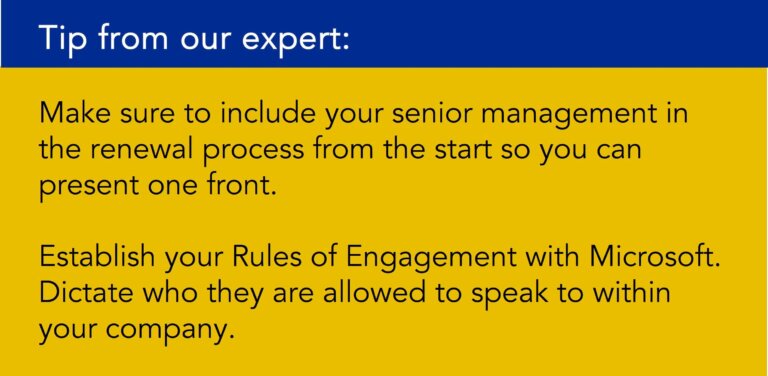
3. Bill of Materials
Microsoft presents their proposal, most likely pushing their Hero Offering. This often includes the full M365 E5, Dynamics and Azure along with more technology that you most likely do not require.
Present your own Bill of Materials to Microsoft to make it clear which products and service YOU want to license. Stick to your guns here as your needs can initially fall on deaf ears.
4. Final Paperwork
Microsoft maintains its own deadlines and might push you to sign the final paperwork on their terms, but don’t let them rush you.
If you are genuinely not receiving what you are entitled to, wait and see what they come back with. Usually, there are no repercussions. If you are in doubt, contact our LicenseQ experts and we can analyze the risk for you. 9 out of 10 times there is no risk in postponing a negotiation, in fact it can be profitable for you.
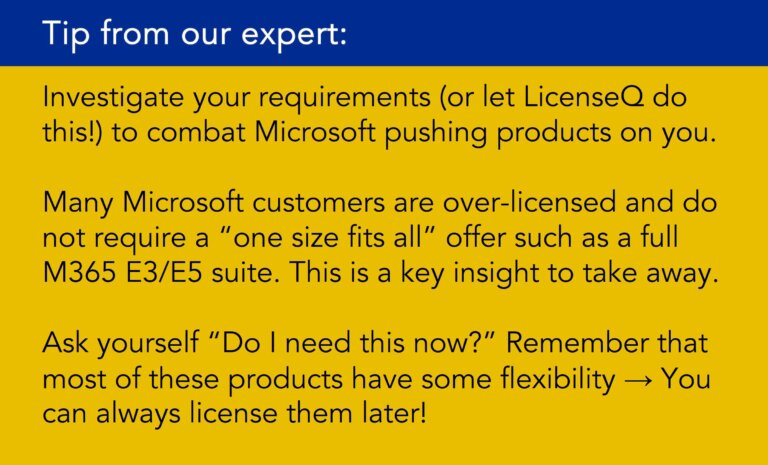
3. Microsoft’s own sloppiness in their sales cycle
This is not the first time we’re left wondering at the sloppiness at Microsoft. At the start of this year, we wrote a blog discussing the paperwork delays at Microsoft, click here to read more on this.
As it’s the end of the Microsoft financial year, we are reflecting and looking towards the future. When we look back at the entire sales cycle at Microsoft this past year, we can’t put our finger on it, but they seem to make a lot of mistakes.
We question whether the errors are accidental…or on purpose? Is it just bureaucracy or is something else happening?

Let me give you a few examples, just to see if this resonates with you?
1.Bill of Materials
Typically Microsoft will send you one proposal based on your requirements, based on the Bills of Materials you have shared with them. They might add in a few items they think you need (or they desperately want you to buy).
However, recently our clients are being sent not one comprehensive proposal, but different proposals with different scenario’s. The approach is very fragmented and constantly changing, like Microsoft forgot to include something or just thought of it later.
This makes negotiation harder as you don’t have one specific proposal to work with. Make sure all the items are on the table, so you know what the table looks like that you (and Microsoft) want to negotiate. Make sure you are not playing 3D chess, as it is already complicated enough.
2. Paperwork
When clients then get to the point where they are ready to sign the paperwork, the paperwork is diffused and incoherent.
Some documents are provided by Microsoft, while others will be sent through the LSP. When you try to make sense of the paperwork, you have to check it carefully as it will contain errors. Ask Microsoft for a preliminary set of documents that you can review and make sure it is as complete as possible. Preferably the set is fully compiled by either Microsoft or the LSP.
You need to double check the pricing and the Future Pricing Table. As the customer it will be on you to go back to your LSP/Microsoft to correct any mistakes. This frustraing process is unfortunately essential as double checking will save time repairing mistakes later on.
Finally, once everything looks good, Microsoft sends the customer the documents to sign. Again, make sure to check that the final documents align with the preliminary set.
3. Lack of transparency
When I was still at Microsoft, I always made sure to keep customers in the loop and to be transparent on the process. “This is where we are, this is the next step.” But it seems like now Microsoft is reluctant to even put anything in writing.
During a negotiation you need to have items put in writing in order to, for instance, communicate progress to senior level management. Why would Microsoft not put the points that have already been agreed upon in writing? It is that they are not able to or that they don’t want to? Will this result in a customer agreeing to a promise that Microsoft can’t keep?
4. Too many captains on one ship
We could take the mistakes as a sign that Microsoft has become such a bureaucratic beast, not in the least due to the sheer number of people involved.
When we were at Microsoft our team would consist of three to four people. Now customers are introduced to an entire football team of people. For global multinational organizations the size of the Microsoft account teams can go up to 25 people.
The Microsoft sales model has become too overengineered and too many people are involved. Each member of the team has their own goals and targets, further fragmenting the process. This causes problems and confusion for customers, sure. But we still feel there might be more behind it.
Reach out for support
Unfortunately, this is the reality Microsoft customers are dealing with. Luckily, LicenseQ is here to help. Visit our website to discover how we can support you through your sales cycle with Microsoft.

